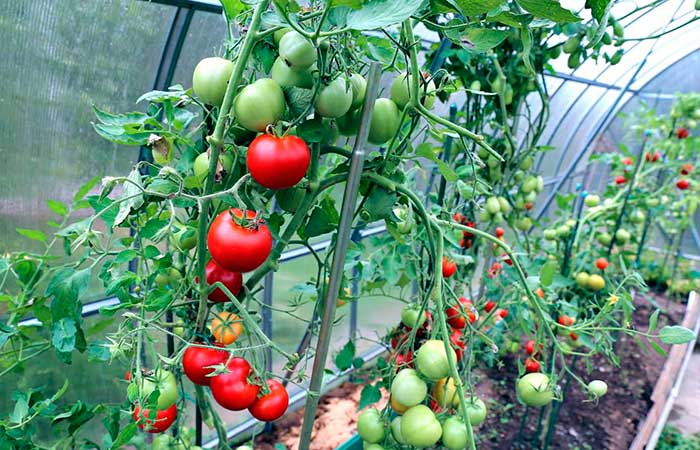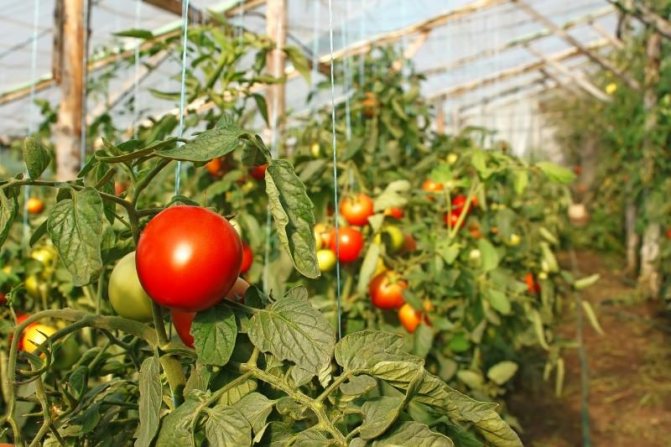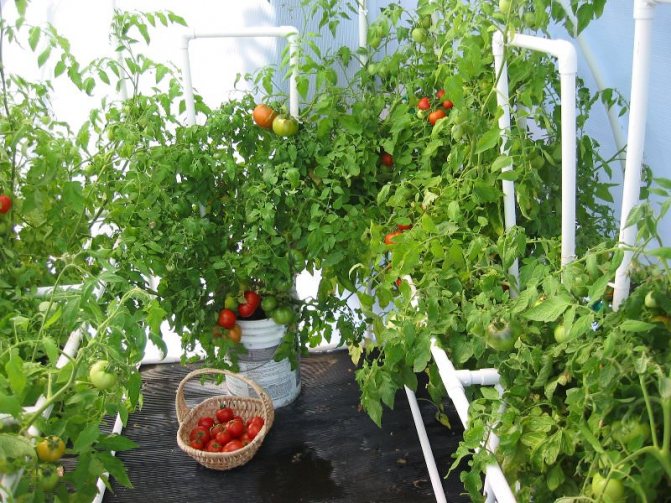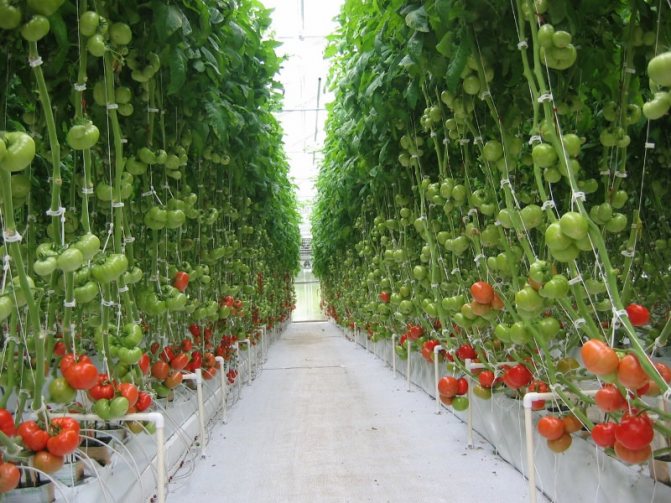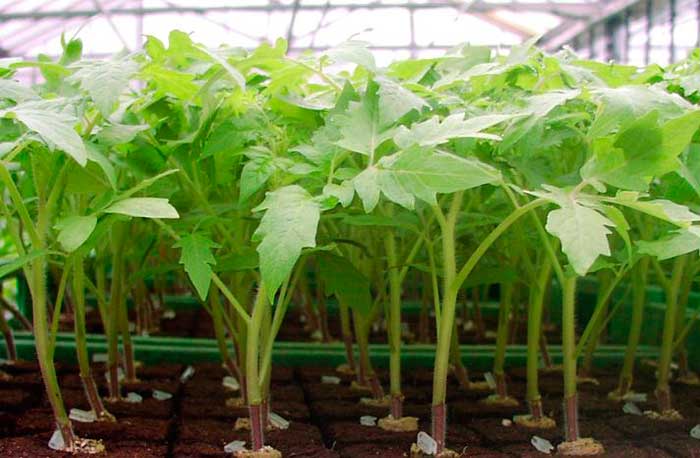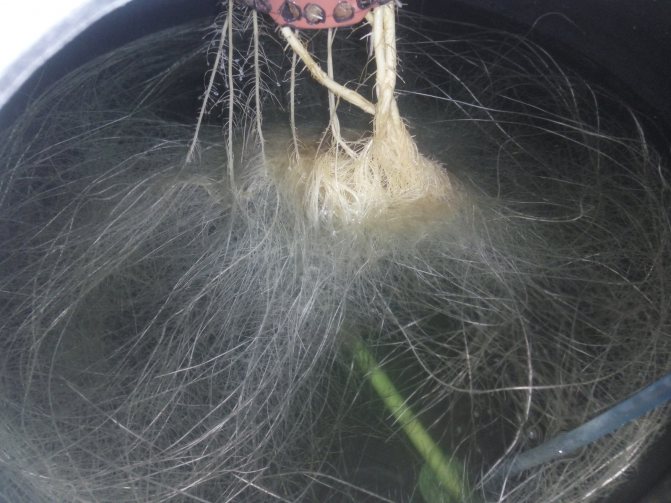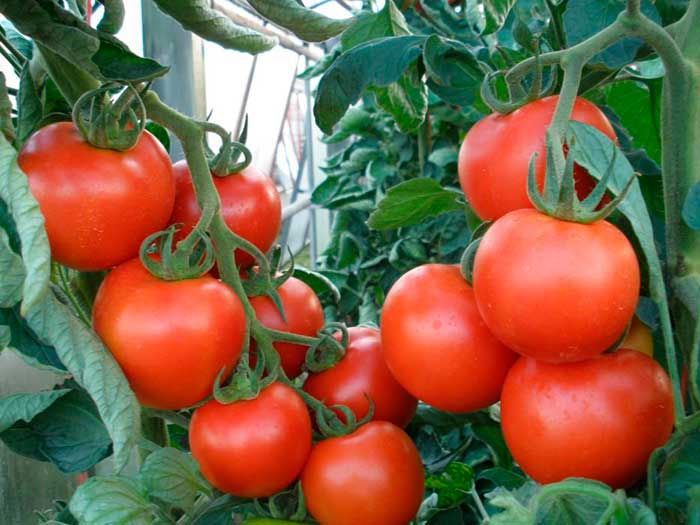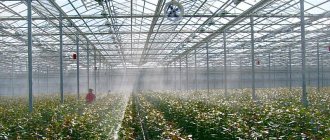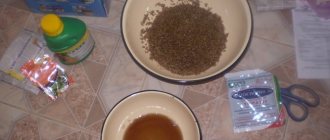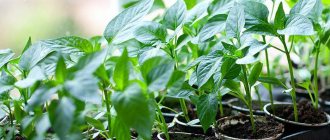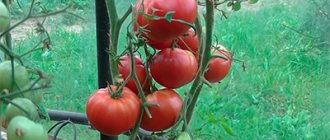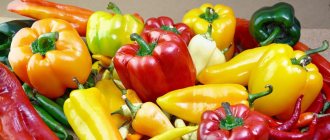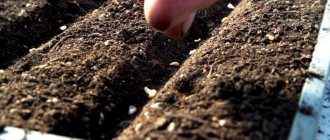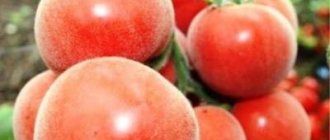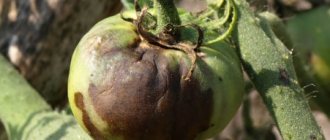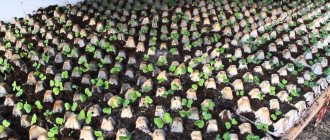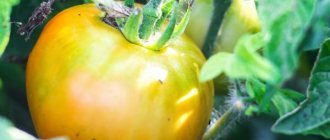The question of what should be the temperature in a tomato greenhouse is of interest to many novice gardeners. To obtain strong tomato seedlings, in addition to feeding and watering, you need to know at what temperature tomatoes are grown in greenhouses, what temperature indicators they can withstand and how to provide the most comfortable microclimate. Only by creating optimal conditions can you grow good quality seedlings and get a decent harvest of tomatoes.
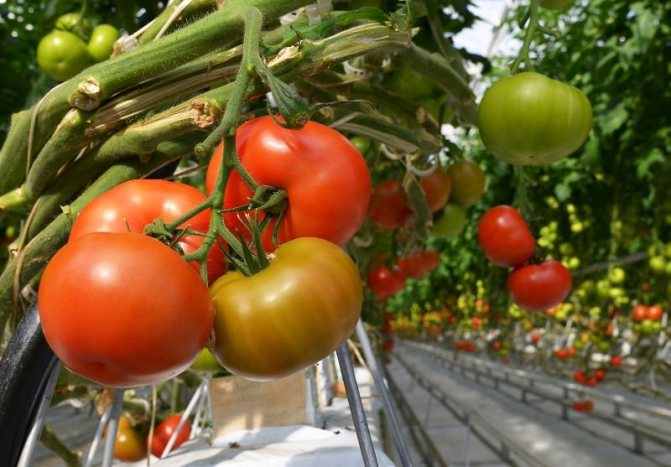
The question of what should be the temperature in a greenhouse for tomatoes is of interest to many novice gardeners
What temperature can tomatoes withstand in the open field?
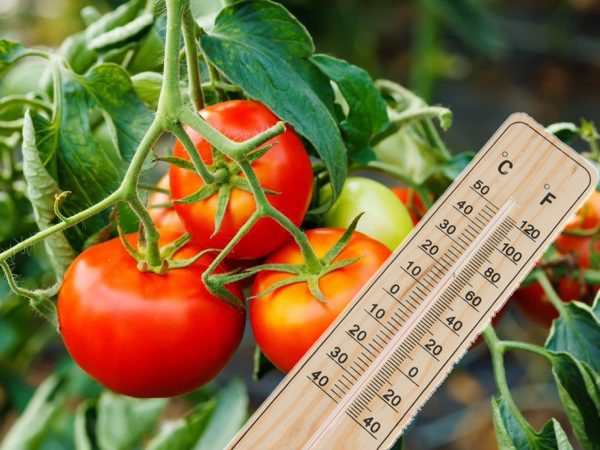

Gardeners have no consensus about the resistance of the tomato to cold snaps. Some argue that choosing the right, hardy variety for open ground, the bushes will tolerate minus temperatures from 4 to 6 degrees. But only under the condition of calm weather and a short cold snap, and exactly how long the tomatoes will withstand, no one can say for sure. Others say that such severe frosts will instantly kill the plant.
The practice and experience of gardeners show that the permissible daytime temperature can be + 18-20 degrees with short-term drops to +15. Under such conditions, tomatoes can tolerate nighttime cold snaps up to +5 degrees without a critical slowdown in growth. Early ripening varieties do not suffer from a short-term (up to 3-5 hours) drop in temperature to +3 or +4 degrees, they can bear fruit and fully ripen even in a short, cool summer. Zero and subzero temperatures are fatal for all varieties and hybrids.
Important!
Planting tomatoes in open ground is carried out when the air temperature rises to + 22-25 degrees during the day and up to +18 at night. It is at such marks that the correct development of the plant, the laying, the formation of ovaries and fruits is observed. It is permissible to plant cold-resistant varieties when the night temperature does not drop below +10 degrees.
Favorable temperature conditions for growing
Based on numerous scientific and industrial studies, the following day and night optimal temperatures are currently recommended for the stages of tomato development:
- On a cloudy day, the optimum temperature is 22 degrees.
- On a sunny day: 29 degrees
- At night, the temperature for tomatoes should be: 15 degrees
- Temperature for seedling growth and planting: 29 degrees
- During tomato germination and the next 5-7 days: 13 degrees
Tomatoes after 3 days at 5 degrees
How does a decrease in night temperature affect tomatoes?


The origin of the culture cannot be ignored, it is a southern plant. Thanks to the work of breeders, it is adapted to our climate. But despite the significant achievements of scientists, it is better not to take risks and once again not to test even super-resistant varieties for strength in extreme conditions.
If the bushes have suffered a strong drop in temperature (less than +10 degrees at night), they look healthy outwardly, this does not mean that the processes responsible for the growth and development of the tomato are not disturbed. The problem may appear a little later, the consequences are sometimes really dire.
Possible risks:
- first of all, growth slows down, and if for several days the temperature at night stays within + 10-12 degrees, the bushes will stop developing altogether;
- at low temperatures, pollination does not occur, this is especially noticeable when the weather is cloudy during the day;
- when the night temperature drops to 0, the flowers of tomatoes fall off, if the leaves and stems begin to die below;
- tomatoes, which are constantly exposed to cold, weaken, immunity to disease drops sharply.
Let's not ignore the soil temperature. For normal development, the land must be warmed up to + 20-22 degrees. When the temperature drops to +16, the assimilation of phosphorus and nitrogen by tomatoes becomes more difficult, the adventitious roots do not absorb moisture. Provided that the soil warms up only to + 10-12 degrees, the roots cease to assimilate any food.
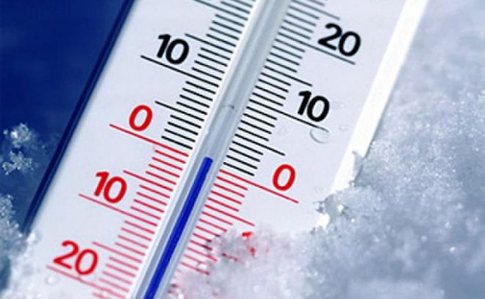

Ground temperature for planting tomatoes
If you plant seedlings in insufficiently heated soil, this leads to a natural slowdown in its growth. Saplings are very poorly accepted in a new place, they retain lifeless lethargy for a long time, and the roots acquire a bluish tint. Even with the subsequent warming, overcooled plants remain extremely vulnerable to common diseases, yields are reduced, and the crown is formed with distortions.
Seedlings should receive nutrients from the soil, as well as the moisture it needs for growth, but the exact opposite process takes place. The root system is quickly depleted, the crown of the bush becomes very lethargic, the stem becomes thinner, the leaf becomes an ugly yellow color. You can revive your planting in such a situation, but you still won't be able to achieve the expected harvest. And what does grow up will ripen much later than it could be under normal conditions.
Root system of tomatoes
With timely planting and heating of the soil to optimal values, the seedlings are not oppressed, it is easy for it to take on a new place and quickly go into growth and flowering. In 2-3 weeks, the plant acquires a powerful root system and reaches the height it needs. Flowering and ovary formation will also occur on time, without delays.
Read also: What is the name of a pigeon chick
In order for the selected variety or hybrid of tomato to give the required yield, it must be planted in soil warmed up to an optimal temperature of + 21 ° C. This is the ideal metric to strive for. At night, the soil temperature can even drop to + 16 ° C - this is quite safe. For high-quality growth in the greenhouse, it is necessary to maintain an even temperature for tomato seedlings during the day in the range of + 20-22 ° С.
If the soil is supercooled and its temperature during the daytime drops below + 16 ° C, then the negative consequences will not take long to wait:
- The process of absorption of nitrogen and phosphorus fertilizers will slow down, as will the growth of the plant.
- The accessory roots do not have enough strength to grow, so the bush will be forced to receive nutrients from a smaller root system than it needs.
- Moisture will not be absorbed from the soil to the extent that is needed for the growth of deciduous mass and the formation of ovaries.
With such unfavorable cooling of the soil, all plants planted in a garden bed or in a greenhouse will sooner or later die. First, it will freeze, ceasing to throw out new leaves and buds, and then dry up. No less than cold, high temperatures are dangerous. The sun burns the leaves, dries them out and causes buds and ovaries to crumble.
Important! The climatic features of the landing region should be studied over the next few years. This will make it possible, with a high degree of probability, to determine the optimal date for sowing seedlings, as well as their planting in the ground.
Low-growing tomatoes can be replanted up to 50 days of age.This is the maximum for low-growing varieties, while for tall ampel varieties, you can withstand 90 days if the weather outside requires it.
In unprotected soil, seedlings are planted in the first decade of July in regions with a temperate climate. If we are talking about a greenhouse, the terms can be shifted arbitrarily, it all depends on the owner's ability to ensure the optimal temperature regime inside. On balconies with good insulation and on loggias with metal-plastic glazing on the south side of the house, the soil may well warm up to the desired temperature by mid-spring.
Another option is a polycarbonate greenhouse, perfect for almost any garden crops, including tomatoes. It is quite easy to equip such a structure with everything necessary for growing heat-loving crops, for example, to install a heating oven.
How to care for tomatoes when the temperature drops?
If there are sharp jumps in temperature in the region in the first half of summer, then for planting tomatoes, you need to allocate a closed, windless area on the south side of the garden, where there is no shade. Soil moisture is also important, wetlands freeze faster, which means that the earth should be loose and permeable.
Before planting, a frame is built for a greenhouse - a temporary shelter. First, it is intended to warm the soil, after planting for sheltering tomatoes during dangerous periods. The frame can be metal or wooden, and light-permeable polyethylene is taken as a covering material. The height of the structure is calculated taking into account the characteristics of the varieties of tomatoes, it is important that the covered plants do not rest against the polyethylene, otherwise they will freeze slightly.
With the threat of a severe cold snap, the film is laid on arcs in 2 or 3 layers, it is advisable to throw blankets, roofing felt, old things or other rags on top. For temporary shelter of single bushes, you can build separate caps of paper or roofing material, the second material accumulates heat during the day, and gives it to the plants at night. In large plots with tomatoes, they are warmed by bonfires built around the beds.
Important!
The beds must be mulched. A layer of dry grass, straw, sawdust or peat will not only protect the soil from drying out, but also keep the heat accumulated during the day.
General Tips:
- the first watering of tomatoes in the open field is carried out at planting, the next after 5 or even 10 days. Water is used only warm (heated from the sun), watering is carried out exclusively at the root. If the soil is wet and it rains, irrigation is not carried out at all;
- shelter is usually needed only at night, during the day the tomatoes are opened, but when the daytime temperature does not rise above 15 degrees, the tomatoes are left under the film;
- very young seedlings, with the threat of night frosts, you can spud them whole with soil or mulch, then remove the shelter.
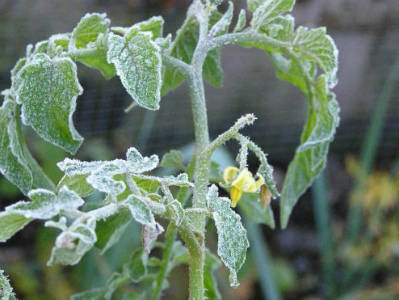

If you did not have time to follow the weather forecast and did not cover the tomatoes in time, which led to freezing of the bushes, do not despair, they can still be saved, but you need to act quickly. The ability to restore is inherent in the culture at the genetic level. How to help tomatoes recover:
- first of all, the beds are watered, then all the affected parts of the bush are cut to healthy tissues, often it is necessary to cut the entire bush to ground level. Tomatoes will grow from dormant buds (at the base of the leaf or at the root). The beds are covered from the sun to avoid additional burns;
- the bushes need to be watered with fertilizers, you can use urea, infusion of bird droppings or potassium humate. In general, humates help restore the root system of plants affected by frost;
- now you need to carry out foliar feeding, in such cases use Epin (1 ampoule per 5 liters of water), Cytovit or Zircon, 1 ml per bucket of water. Treatments are carried out 1-2 times a day in the morning or in the evening;
- the first 7 days the tomatoes are left under the film, then the covered ones are removed, first for a couple of hours and gradually increase the time.
Tomatoes recover quite quickly, with proper further care, you can get a pretty good harvest, but a couple of weeks later than expected.
Regulation methods
Weather conditions force gardeners to be on the alert all the time, especially in the spring and autumn, when sudden drops in the outside air temperature are possible due to frosts.
The methods for controlling humidity and heat depend on the material of the greenhouse. In the greenhouse, when the film is simply stretched over the arcs of the frame, they are ventilated by rolling the film upwards from the ends and fixing it there. In the event that the greenhouse is stationary, frame, made of cellular polycarbonate or glass, vents must be installed in it on opposite sides and at the top of the greenhouse.
Long-established methods for increasing the temperature in the greenhouse include the following:
- If the greenhouse is a film greenhouse, then the mounted additional layer of film will help. It will create an air cushion that slows down the release of heat.
- For the period of frost, another pseudo greenhouse is installed inside, directly above the plants themselves. The secondary greenhouse can be stretched over a temporary base, such as a wire or reinforcement cage. A limited amount of air will remain in such a shelter, and it will retain the necessary heat for the plants. When leaving the threat of frost, it is imperative to remove the second greenhouse, otherwise the inside of the plants will be very hot and they will quickly die.
- The way to raise the temperature for the soil is to cover it with a dark film or a special covering agrotechnical breathable material - spunbond.
- A low and small greenhouse is covered with matting, rag material.
- Additional watering the night before before a light frost also helps to keep warm. The resulting increased condensation on the walls will reduce heat transfer, only then compulsory ventilation is necessary during the day.
If an abundant condensation has formed on the film or glass, it flows down, you must immediately open the vents for ventilation. Humidity under a film cover can sometimes reach 85-100%.
Ways to lower the temperature in greenhouses when growing tomatoes are as follows:
- Cover from the inside of the greenhouse walls with chalk solution at the rate of 10 liters of water 200-500 grams of chalk with milk. The layer is washed off after the threat of heat.
- By opening the frontal areas as much as possible, they achieve a draft and reduce heat in a short time by 8-10 degrees.
- Generous watering of the soil in the morning helps.
Tomatoes should not be watered on the leaves, this contributes to burns and diseases.
It is important to remember that the greenhouse cannot be built overly long. The optimal sizes are 3 * 4, 3 * 5.3 * 6 m. All varieties of greenhouse tomatoes are not afraid of drafts, airing them brings fresh air and enhances pollination. Heat and sharp frosts are more dangerous for them.
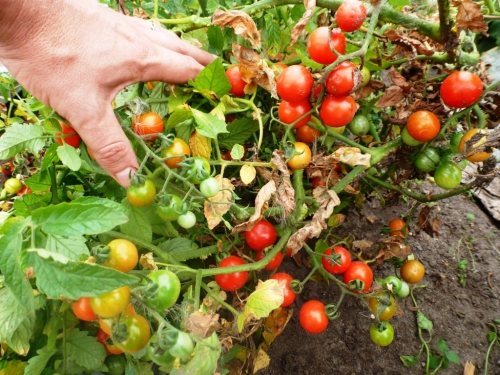

How to increase the cold resistance of tomatoes?
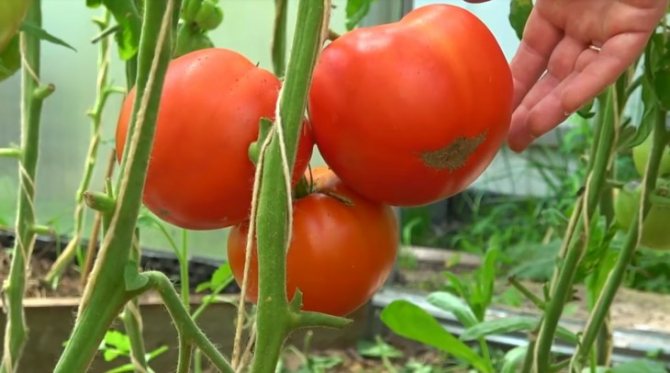

Frost resistance of a tomato can be increased even at the stage of preparing the seeds for sowing. The hardening of pre-germinated grains is carried out at a temperature of -2 to +2 degrees, for this purpose they can be placed in a refrigerator, but for no more than 2 days.
Before planting seedlings in open ground, young plants are also hardened. Begin the procedure 10 or 14 days before the scheduled disembarkation date. The temperature is gradually reduced to 10-15 degrees. Bushes can be transferred to a loggia or open a window in a room with seedlings, first for 5 minutes and gradually increase the time. 3 or 4 days before planting, tomatoes begin to be taken out into the street, first they are placed in the shade and gradually moved to the sun. At night, the seedlings are left on the street just before planting.
Before and after planting tomatoes, be sure to follow the weather forecast, do not transfer the seedlings to open ground earlier than the recommended time, and do not be lazy to cover the beds during dangerous periods. You can save tomatoes that have suffered from the cold, but then you will have to sacrifice part of the harvest, add unnecessary worries to yourself. Do not forget about the preferences of the culture, create the most favorable conditions for it and no problems will be scary for tomatoes!
Frosts and minimum temperature for tomato seedlings
The minimum temperature for each variety of tomatoes will be different. For the culture as a whole, the temperature range is quite wide: from 0 ° С to + 43 ° С. There are frost-resistant varieties that, according to gardeners, do not die even with frosts down to -40 ° C, but only in calm weather and subject to negative temperatures for tomatoes at night for an extremely short period. If the nights are still frosty, then you shouldn't hope for the "heroism" of your seedlings - they will simply die. Knowing what kind of frost the tomatoes can withstand, you can plan the date of planting on the beds.
Among the factors that significantly increase the resistance of tomatoes to low temperatures, the following can be distinguished:
- Zoning. You should buy seeds that are zoned for the specific locality of the buyer.
- A small size bush with a powerful thick stem.
- Large and strong root system.
- Excellent nutrition and regular watering.
- Protection against pests and common diseases.
- Hardening.
If frosts are still coming, and the minus regime is inevitable, you should not despair. Plants can be saved even in such a desperate situation. One or several dark-colored barrels (how many there are) filled with water are placed in the greenhouse. Even in May, it is already warm enough during the day so that the water in the barrels warms up well, and at night it gradually gives off heat, heating the air in the greenhouse.
Outdoor planting will help save the covering material. For this purpose, you can use a film or agrofiber. If the day promises to be cold, then during the day the shelter is left for the next night too. With the advent of the sun, the film is removed, but they continue to closely monitor the thermometer and the weather forecast.

